Have you been diagnosed with IBS? Do you think that’s just a diagnosis like the common cold or celiac disease and you just have to deal with it? Do you think treating your symptoms is the best option, or would you rather find the root cause and eliminate it?
Your answers to these questions might be different than mine. I’ve always struggled with digestive challenges and relatedly, anxiety and depression. You might be surprised to find that anxiety and depression are related to digestive troubles (as are the immune system and hormones). Since they all live in the same place: the GUT, they tend to affect each other.
One of the first questions I’m asked lately is, “How did you know you had SIBO?” Short answer: I didn’t. I thought I had internal bleeding, cancer, or an ulcer. Or all of the above. I shook as I explained my symptoms to my friends, my husband and eventually my NP. I was flooded with relief when I heard that, most likely, I had a gut issue that could be resolved.
I’ve never been diagnosed with IBS. I know many people have. If I went to a GI doctor and described my digestion, I probably WOULD have been diagnosed! I just know what’s not normal. While I am familiar with sluggish bowels and anxiety-induced diarrhea or traveler’s constipation, I know that it’s normal to have a bowel movement every day. And I know that bowel movements should be formed, not liquid or hard as a rock. Thankfully, Dr. Oz has normalized the conversation about bowel movements, right? You wouldn’t be reading this if you weren’t ready to think about it and talk about it. Your toilet can tell you a lot if you pay attention.
So, I knew something was wrong. My anxiety was so high and I was either regular, constipated, or having diarrhea. I never knew from one day to the next what I was going to be dealing with in the bathroom. At some point, that transitioned into horrible bowel movements that resembled what the Internet told me was internal bleeding. This is what led me to my Nurse Practitioner (NP) at an Integrative Health Practice.
My Nurse Practitioner told me I might have SIBO and that it’s relatively easy to remedy, which brought me great relief. My comprehensive stool analysis results took several weeks to return and in that time I was treating the H. Pylori I’d also discovered I had (read that story here).

Once we confirmed I had SIBO, I launched into action.
Treating SIBO is best accomplished as a two-fold process: diet and supplementation. You may choose different treatment plans, but I’m sharing what I’ve chosen. My first, and most valuable resource, is: SIBO INFO. This is the website my NP recommended to me as having valuable and up-to-date information as well as
successful outcomes. From looking at this website, you’ll see they offer various treatment options. From the Herbal Antibiotics options, I chose Metagenics. My choice was based on reviews on Amazon when I compared the two options. Being so uncomfortable, I was looking for relief and not more side effects. The Amazon reviews offered me hope that the Metagenics supplements could offer me that.
I purchased a bottle of Metagenics Candibactin AR and Metagenics Candibacting BR. See affiliate links below:
CandiBactin BR CandiBactin ARYes, I flinched at the cost. Yes, I cringed at the 2 of each twice a day regimen, but I was desperate.
The other part of the treatment involves dietary changes. You’ll see under SIBO INFO’s Diet dropdown menu that there are many diets to choose from. My NP recommended the SCD diet and since it allowed for red wine, I was all in!
The diet is restrictive. Very restrictive. The only sugar allowed is honey. No maple syrup or coconut sugar. No flours or grains or starches. No sweet potatoes, or mayonnaise (unless it’s homemade), no soy, no corn, etc, etc. I’ve heard many people say, “I could never take on a diet like that.” I’ve also been told that I have such great willpower. But it wasn’t a choice.
There comes a point where you will do anything to not be in pain, or anxiety, or dis-ease. When you reach that point, it doesn’t matter anymore what you want to eat, what matters is what will help you regain your health.
If you’ve followed along this far, then you may be interested in the intricacies of the SCD diet. The best website for information is: Breaking the Vicious Cycle. This website is based on the book that was written to outline and define the SCD diet. As I progressed with research, I’ve met many people who’ve had the SCD diet change their lives. Instagram moms, Facebook group participants, and bloggers all write about the benefits of this diet.
In the beginning of the treatment, I was still struggling in the mornings with multiple bouts of diarrhea and anxiety. There were days I struggled to make the 10 minute drive to drop the girls off at school. Usually, I would be fine by late morning. I figured I could just live with this, if it was to be the worst of it. As luck would have it though, I went on a 3 day trip with some friends and our kids, to the beach, and I forgot my probiotic. I was so nervous about traveling and I was basically a “maybe” up until the day we left. While we were there, I didn’t have any distress. I used the bathroom once in the morning and felt FINE. It was the probiotic. You see, SIBO is Small Intestinal BACTERIA Overgrowth. So my body did not want any more bacteria. Period. After confirming with my NP, I never took it again!
The treatment plan I chose was for approximately 4 weeks. At the 4 week mark, I was so nervous. I actually did feel better, with some ups and downs here and there. The road was rough at times with painful bloating, bathroom emergencies, and overall anxiety when I didn’t feel well. I had bone broth or chamomile tea with me most of the time. There was also the adjustment to the SCD diet, which I hadn’t thought would be too difficult after being fairly low-carb, Paleo-esque for months already. But when Easter and Passover came around and everyone was enjoying the food associated with these holidays, I struggled with sadness. The emotional attachment to the enjoyment of food is not to be taken lightly!
Still, after 4 weeks, I could tell that on a scale of 1-10 I was an 8 or a 9 some days. I wasn’t on the verge of a panic attack. I wasn’t in the bathroom multiple times a morning. I had become regular, like clockwork, and felt stronger than I had in months. The few symptoms I did have and my fear of not doing everything right, prompted me to do a SIBO Breath Test from Genova Diagnositcs.

My results were negative. I was SIBO free! After I exhaled and did a happy dance and sent messages to all my loved ones, I asked what now? Do I just stop everything? I knew from my research that I needed a prokinetic (a supplement to keep my intestines mobile, so that nothing gets stuck and grows there). The recurrence rate for SIBO is 70-80% and I did NOT want it to reoccur.
Again, between my NP and my Amazon reviews research, I settled on a prokinetic. Also, it was agreed that I would only add in one new food a week and then wait a week before changing anything else, to see if I had any reactions to foods. It was like I was side-stepping my way out of a jail cell, hoping not to get caught. The scent of freedom was there, but I couldn’t quite taste it.
The prokenetic I chose was Iberogast (see affiliate link below):
iberogastAs soon as I started Iberogast, I noticed 2 things:
1) My throat hurt a little. Some kind of reaction was happening and I decided that 20 drops at every meal just wasn’t for me. I did 10 instead.
2) My stools were NORMAL, healthy, regular, and there were NO symptoms. I’d struck gold! Iberogast would always be in my life!
During my first week of potential freedom, I relished in the good feelings and planned on eating tortilla chips at dinner Friday night. How I missed the crunch of something. Nothing in SCD diet-land is particularly crunchy, to satisfy that urge. You’d think my first food would’ve been chocolate, but I guess this just showed how far I had come. The chips weren’t even that good, but I enjoyed the crunch immensely. That weekend, I noticed no discomfort or issues. As the days went on, I continued feeling wonderful.
I decided I should start adding my supplements back in because I want to be my healthiest self. I started with Vitamin D3 and that afternoon I felt a little crampy and bloated, but hoped it was nothing. Four days went by without a bowel movement. I was panicking. I was convinced that SIBO was coming for me with the keys to lock my jail cell again. I felt backed up (pun intended) against a wall and I frantically e-mailed my NP. Repeatedly.
None of the usual things worked. This wasn’t constipation, this was my body reacting severely to something in the Vitamin D3. I was devastated. I knew that magnesium and Vitamin D3 were very connected so I decided to try the magnesium recommended for SIBO: Magnesium Glycinate (see affiliate link:)
Magnesium GlycinateEventually, the blockage ended, but I was so scared of experiencing that again. I started the Magnesium Glycinate, which is supposed to be good for SIBO (and it might be right for YOU!), but it wasn’t for me. Unfortunately, I have this issue with magnesium. When I take it, I get a sore throat and this time was no different, except it was accompanied by nausea, headaches and anxiety. Fabulous. I stopped that on Day 3.
I also needed to address this prokinetic issue since Iberogast wasn’t ideal for me and I never got back to that wonderful week of normal and healthy bowel movements. I decided to try Triphala. I learned about it from this awesome podcast I listened to (The Science of Success). It’s basically an interview with a neurologist who had migraines and couldn’t cure herself. She ended up at an Ayurvedic Practitioner that educated her (a neurologist!) on how important the gut is for the rest of the body’s health. She discussed Triphala and how valuable it can be for the gut health and a quick Google search showed me that it is often used successfully as a SIBO prokinetic.
Here is what I got (affiliate link):
TriphalaThankfully, this powder has been working well. No sore throat. No nausea. No headaches. And slowly, but surely, leaning towards normal again.
This is a saga. At some point I just have to publish this blog and update you later as I learn more information. Because, the truth is, health is a journey. And SIBO is a very complicated journey. It’s not as simple as “take 3 of these and call me in the morning.” Just because I got a negative breath test, doesn’t mean that everything returned to normal. Kefir didn’t work for me. Magnesium was a no-go. Iberogast was intermittently helpful. Probiotics failed me as well, even the one that’s considered good for SIBO (affiliate link below).
SIBO ProbioticMy Nurse Practitioner said that I may never be able to handle a probiotic again. The delicate balance in our guts is very complex and there is no “one size fits all” approach to our health! When I see commercials pushing certain supplements, I scoff and say, “Not if you have SIBO!” All bets are off now.
Here I am, 4 months into this process and I’m still on the SCD diet. I’ve added tiny amounts of homemade chocolate, tortilla chips, and popcorn. It’s nice to have those indulgences sometimes. I also still have mornings where things just aren’t right and I worry, worry that I’ll never have the perfect gut health I used to. It is definitely possible that this will be a lifelong challenge for me. Sometimes that exhausts me. Other times, I think how much I’ve learned because of it.
I named this website At Peace With Health because I understand that the journey is complicated and no matter how challenging it is, my goal is to be at peace with it. This is the only life I get to live and I want to enjoy it and thrive in it. May God give me the grace for myself that I need in order to be at peace with where I am!

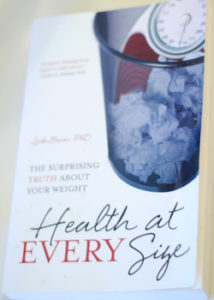
 Disordered eating is not just about eating disorders. It’s not just starving, bingeing or purging yourself. It’s restricting yourself in the name of dieting or losing a few pounds. It’s berating yourself when you “screw up” and bemoaning all the “bad” foods you ate. It’s forcing yourself to work out more later because of what you ate earlier. It’s calories in, calories out with complete disregard for the human being who has thoughts and feelings that are so much more important. Disordered eating holds you back from living.
Disordered eating is not just about eating disorders. It’s not just starving, bingeing or purging yourself. It’s restricting yourself in the name of dieting or losing a few pounds. It’s berating yourself when you “screw up” and bemoaning all the “bad” foods you ate. It’s forcing yourself to work out more later because of what you ate earlier. It’s calories in, calories out with complete disregard for the human being who has thoughts and feelings that are so much more important. Disordered eating holds you back from living.
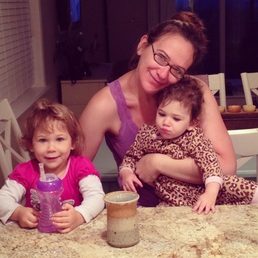

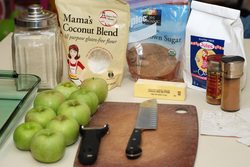

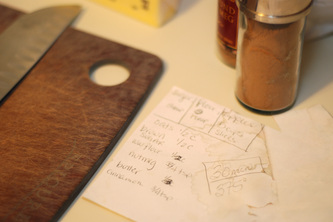
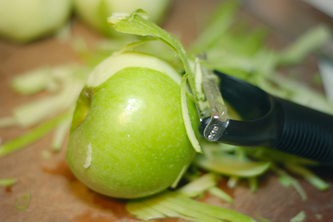
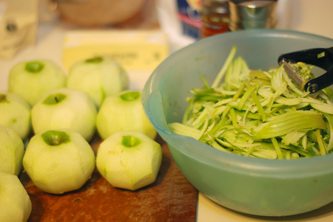
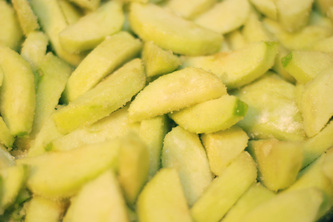





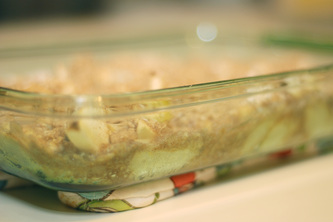


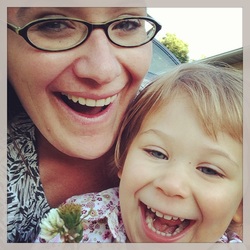

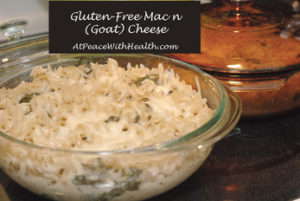
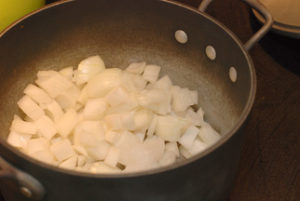
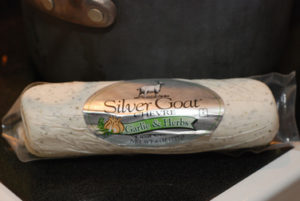

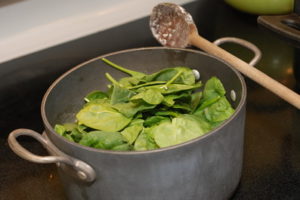

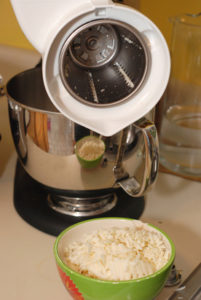
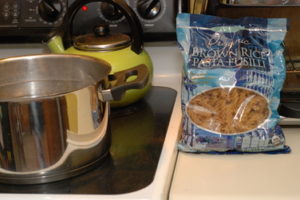
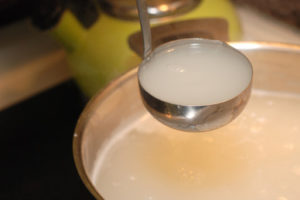
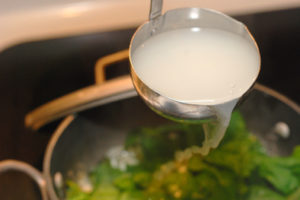
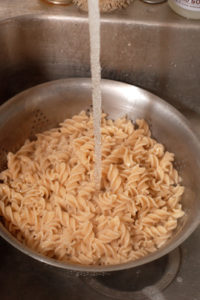




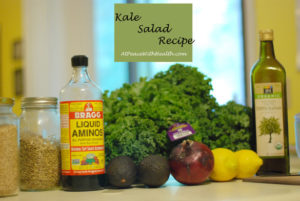





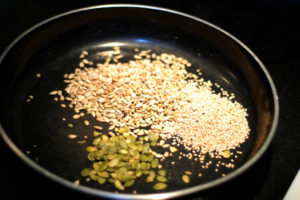
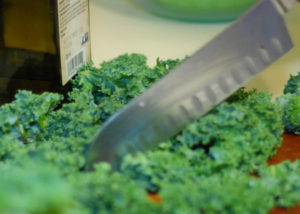

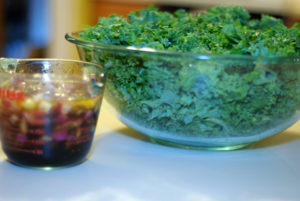
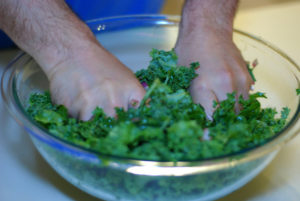
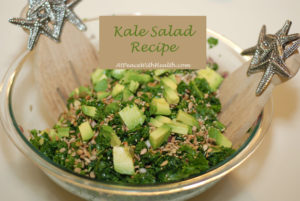
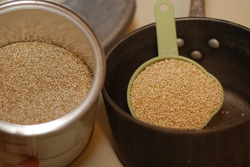
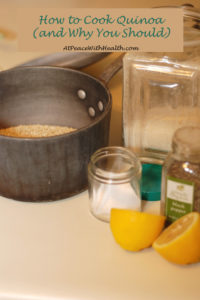


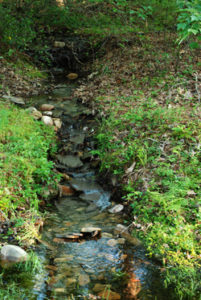 Change asks us to aim for the healing, not the cure, to live for the journey, not the elusive destination. There is a huge difference between healing and cures, journeys and destinations; it is an issue of quality. Taking a journey can be likened to an adventure, one that is filled with mystery and purpose. Change is such a journey.
Change asks us to aim for the healing, not the cure, to live for the journey, not the elusive destination. There is a huge difference between healing and cures, journeys and destinations; it is an issue of quality. Taking a journey can be likened to an adventure, one that is filled with mystery and purpose. Change is such a journey.